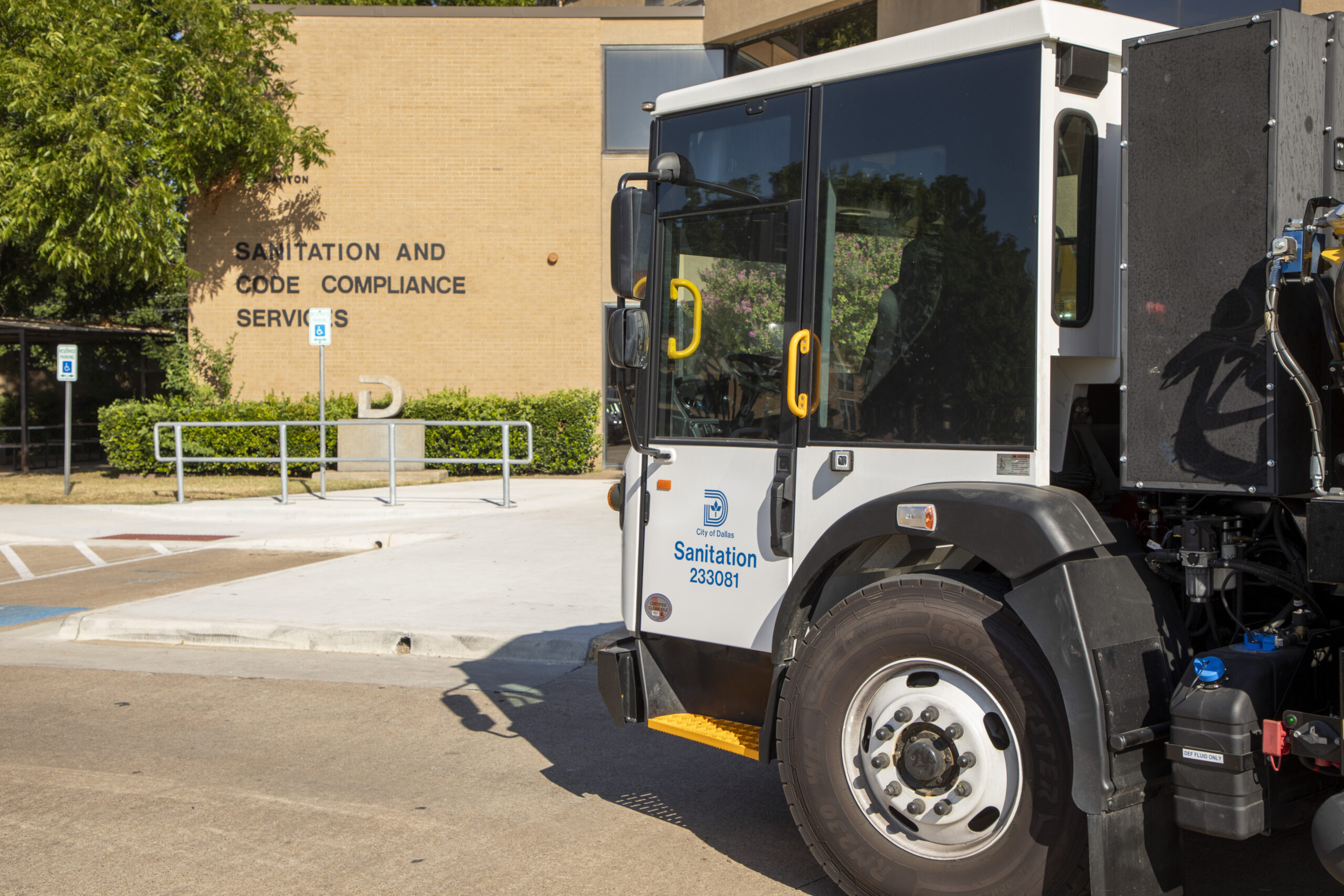Tolbert Asks Staff to Revisit and Reassess Alternatives
Tolbert asks staff to revisit and reassess alternatives but continue to make safety top priority
(October 1, 2025)
Temporary Pause in Alley-to-Curb Transition
Dallas City Manager Kimberly Bizor Tolbert has directed the Sanitation Director to temporarily pause implementation of the alley-to-curb transition in order to fully evaluate additional options for continuing alley service where residents strongly prefer it, while addressing the City’s ongoing safety and efficiency concerns.
Background on the Hybrid Approach
Under the Hybrid Approach presented to the City Council in June 2025, approximately 26,000 customers with 8–9-foot alleys, unimproved or semi-improved alleys, or extended dead-end alleys—primarily where most homes had front driveways—were scheduled to transition to curbside service beginning January 2026.
Expanded Evaluation Scope
With this temporary pause, the scope of evaluation has been expanded to include all 44,000 customers who live along 8–9-foot alleys citywide. This ensures consistent consideration of all residents in the most problematic alley conditions.
Notification and Survey
Impacted residents will be notified of the temporary pause through publications on the City’s website, the City’s social media platforms, and by news releases and media coverage.
The Sanitation Department will conduct a survey in October and November to measure resident interest in continuing alley service. Among the alternatives being reviewed is the possibility of service through franchised solid waste collection providers, which would operate under a different cost model and could result in higher rates. We strongly encourage all affected residents to participate in the survey so their input can help shape the path forward.
Statement from City Manager Tolbert
“We hear you,” said Tolbert, “and change is hard. “I’ve asked the staff to reconsider, review and reevaluate all the available feasible options and think creatively about solutions that may be workable. We must balance customer service expectations with worker safety.”
Remedying Safety Concerns
Tolbert said there are steps individuals and neighborhood associations can take to remedy safety concerns. Specifically, overgrown vegetation can be removed, tree limbs can be cut back, and residents can remove obstructions along paved alleys.
Conclusion
The temporary pause in the alley-to-curb transition is a significant development in the City’s efforts to address resident concerns while ensuring worker safety and efficiency. By expanding the evaluation scope and conducting a survey, the City aims to find a solution that works for all parties involved. We encourage all affected residents to participate in the survey and provide their input on the future of alley service in Dallas.
Frequently Asked Questions
Q: What is the alley-to-curb transition, and why is it being implemented?
A: The alley-to-curb transition is a plan to move trash collection from alleys to curbsides in certain areas of Dallas. This change is intended to improve worker safety and efficiency, as well as reduce costs.
Q: What areas of Dallas are affected by the temporary pause?
A: The temporary pause affects all 44,000 customers who live along 8–9-foot alleys citywide, including those with unimproved or semi-improved alleys, or extended dead-end alleys.
Q: How can I provide my input on the future of alley service?
A: You can participate in the survey being conducted by the Sanitation Department in October and November. You can also provide feedback through the City’s website, social media platforms, or by contacting your local representative.
Q: What are the potential alternatives to the current alley service?
A: Among the alternatives being reviewed is the possibility of service through franchised solid waste collection providers, which would operate under a different cost model and could result in higher rates.
Q: How can I help remedy safety concerns in my alley?
A: You can help by removing overgrown vegetation, cutting back tree limbs, and removing obstructions along paved alleys. You can also work with your neighborhood association to address safety concerns and improve alley conditions.


